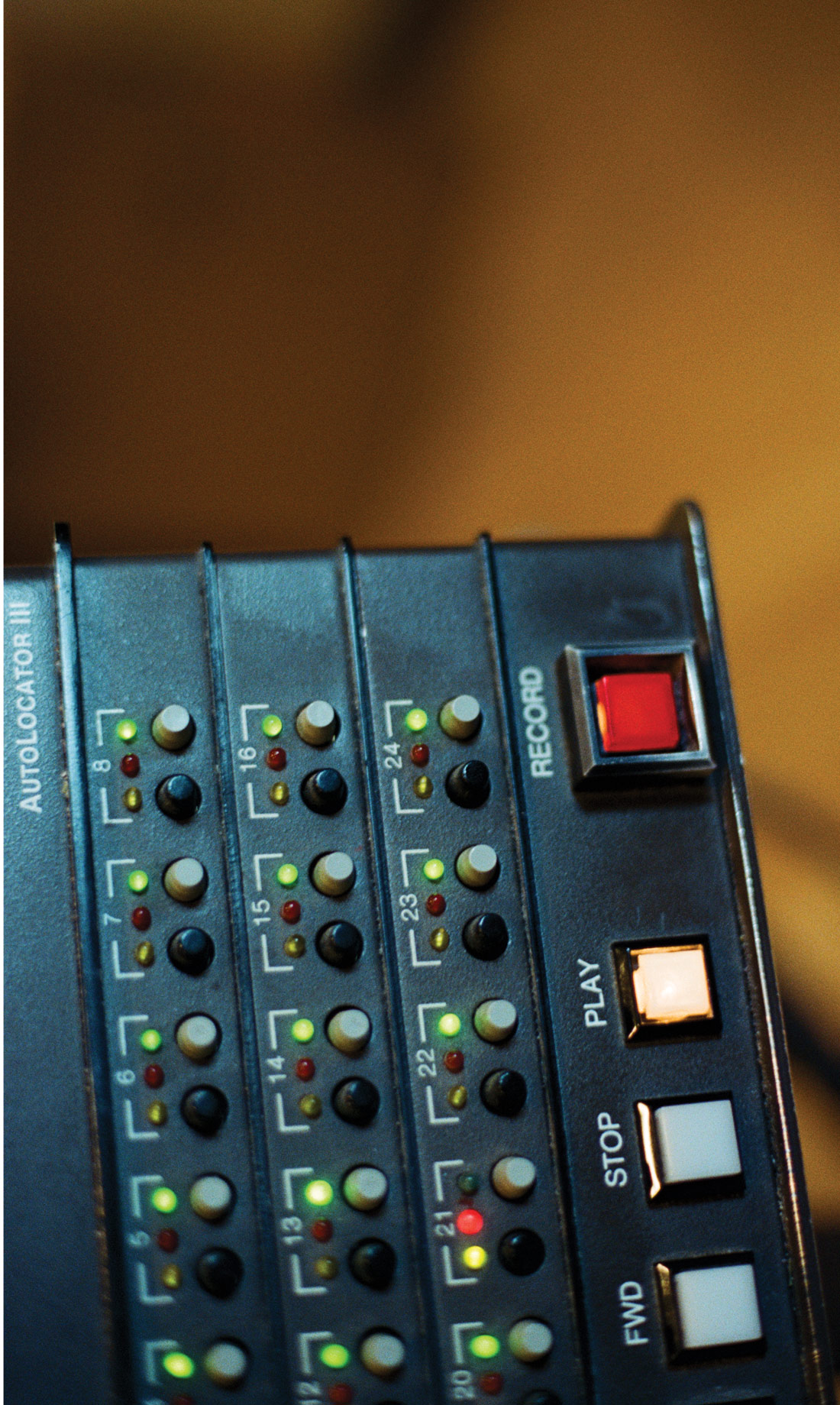Longtime readers know that I am a keyboard geek — a QWERTY keyboard geek — and my expectations for the perfect keyboard are hard to satisfy. I demand full-size keycaps throughout, as well a numeric keypad for DAW control, but in a compact layout to reduce my reach for the mouse. I'm also picky about the placement of the modifier keys, especially because I switch between Windows and Mac OS X constantly (utilizing Parallels Desktop on my office Mac). My Cherry SPOS G86-61410 Keyboard (Tape Op #56) is perfect for my music-only studio computer. It's fully programmable, and it includes an 18x3 grid of keys with clear plastic, removable keycaps under which you can place your own labels — you can assign your favorite DAW keystrokes to dedicated keys. But for my office Mac, I wanted a keyboard with a lighter touch. ••• The Goldtouch Go! Travel ($100 street; www.goldtouch.com) is configured as left and right-hand halves, connected by a ball-joint. You can "tent" or "splay" the halves, and an ingenious clamping mechanism locks the two halves in place. Because the angles are infinitely adjustable, you can start off small and go big as you become accustomed to the keyboard. The key touch is light and precise, and by pressing a special key combination, you can switch between comprehensive Mac and PC layouts. A USB port allows you to connect an optional numeric keypad or a mouse. My major gripe is that each of the left-hand modifier keys is one key further left than usual. Although it didn't take long for me to become comfortable with the split form factor, ultimately, I couldn't deal with the misplaced modifier keys. ••• The Microsoft Bluetooth Mobile 6000 ($89.95 MSRP; www.microsoft.com) is also billed as an ergonomic keyboard. The included numeric keypad is a separate unit, and the main QWERTY unit has a gently-curved splaying (but no tenting) of the keys. Key feel is fantastic, and it took me only hours to get used to its unique curve; and now, even after a long time away from it, there's no transition time required. Unfortunately, it doesn't have dedicated Home/End keys, but at least the modifier key to change the Page Up/Down keys into Home/End is nearby, so you can do it one-handed — unlike the two-handed operation required with Apple's compact keyboards. The keyboard's greatest annoyance is that it goes to sleep often (to save batteries), and it takes a couple seconds to wake up. I sometimes type away not knowing it's asleep, and if I'm also mousing between areas of the screen, the buffered keystrokes can lead to unexpected or even disastrous consequences when the keyboard finishes waking up — not good for DAW use! ••• The Evoluent Mouse-Friendly Keyboard ($50 street; www.evoluent.com) is a one-piece keyboard with the numeric keys on the left. Left-handed number-crunching might be a deal-breaker for an accountant, but left-handed DAW control is just fine for me, especially if it means the mouse is closer to my right hand. Oddly, one of the two Delete keys is immediately below X; I pulled off its keycap so I would stop hitting it when reaching for the modifier keys. Otherwise, this is a great, affordable keyboard. ïïï Like my Cherry SPOS keyboard, the DSI Modular Mac Keyboard ($100 direct; www.notestation.com) uses genuine Cherry Mechanical Key Switches; you can specify one of three keyswitch models with varying activation force. Old- school typists will appreciate the clackity-clack sound and feel. Optional modules (numeric keypad, trackpad, trackball) can be attached to three, powered USB ports. My only complaint is that two arrow keys do double-duty as Home/End, but otherwise, the layout is perfect. -AH

